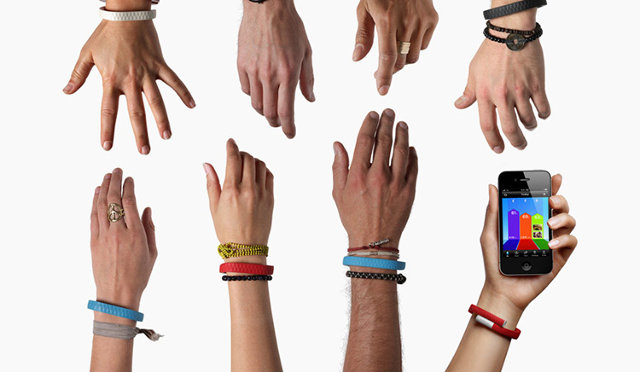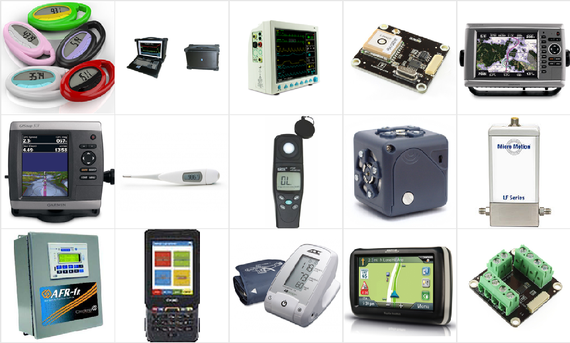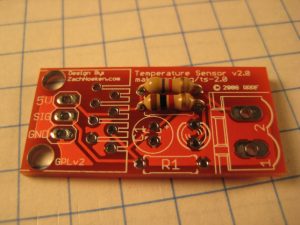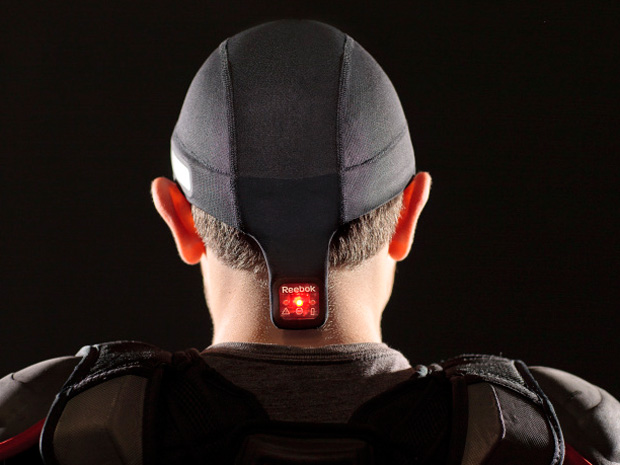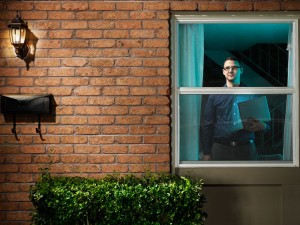
The reason we are where we are today, with smart home hubs having 7 radios to provide frequency and protocol interoperability between “all” smart connected devices in your home is because many years ago we started with a small light weight protocol called ZigBee and at some point, it gathered an alliance around it. With multiple constituencies all pulling in different directions, the protocol became unwieldy and too heavy for what it was intended. Then we had Z-Wave and the Z-Wave Alliance, same dilemma although with a smaller number of players influencing the outcome. We also have Bluetooth with the Bluetooth SIG, Insteon, 6LoWPAN and so many others. They all promise the same thing, to be able to tap and control a whole ecosystem of products and devices seamlessly. But, they’ve all failed to garner a huge following across a spectrum of products – thus the consumer is forced to pay more for solutions that promise to play well together with others because interoperability across protocols is non existent – unless you include multiple radios in a single hub.
Here comes Qualcomm to the rescue. Qualcomm’s goal is to offer developers and consumers an experience that works across all platforms, manufacturers and devices. But is this possible? Sure, ad-hoc WiFi can provide the connectivity fabric between all devices, but is that sufficient? Many IoT devices are part of a purposeful solution that doesn’t necessarily adhere to the notion of continuous connectivity and command-and-control from a single interface. Thus, a battery-operated sensor with a 10-year battery life can’t be expected to respond to continuous low-level WiFi beacons – nor should it. In cases like these, it is best to leave the protocol implementation to the manufacturer of the device who has intimate knowledge of functional and customer requirements. AllSeen, of course, does not solve the physical layer protocol dilemma that has precluded IoT to cross the proverbial chasm.
When HTML was first written, it was done so by one man, Tim Berners-Lee, whose mission was to have a markup language that web browsers could use to interpret and compose text, images and other materials into visual web pages. He was not conflicted by a consortium with competing interests nor was there 10+ other protocols in existence promising to deliver the same thing. In AllSeen’s case, fragmentation and competitive forces will prevent it from making great strides for many years to come. It’ll take a lot more than open-source, the Linux Foundation and a few examples to get everyone on board.
